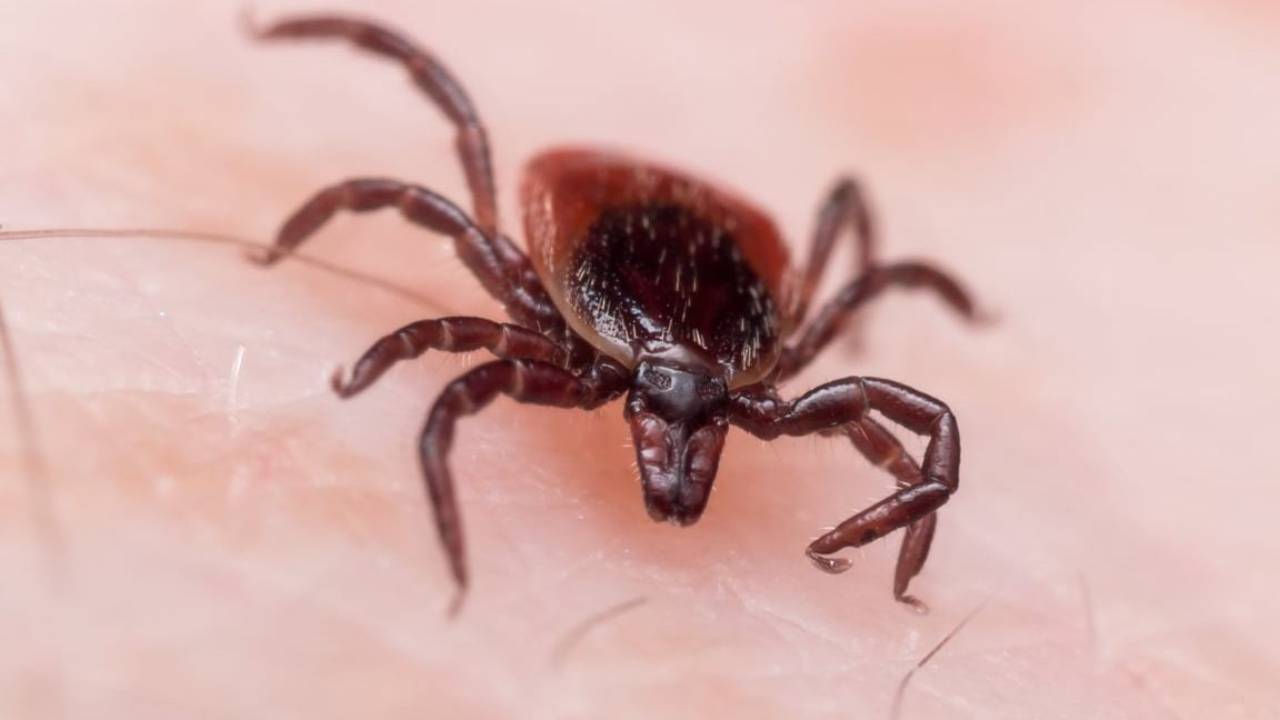A Guide to Tick-Borne Relapsing Fever and Other Rickettsial Diseases
Aug 22, 2023
Diseases transmitted by ticks and similar parasitic animals account for more than 17 percent of all infectious diseases worldwide. They cause more than 700,000 deaths every year, in addition to the myriad of parasitic, bacterial, and viral infections they spread. These include a host of Rickettsial diseases, like relapsing fevers.
There is a lot to be learned about Rickettsial diseases, but we have come a long way in treating and preventing them. If you want to know more, this guide to tick-borne relapsing fever and other Rickettsial diseases will tell you everything you need to know. Keep reading to learn more.
What Are Rickettsial Diseases?
Rickettsia is a group of bacterial organisms that cause acute fevers and illnesses. They are vector-borne, meaning they are transmitted to humans or other animals by blood-feeding arthropods. These include mosquitoes, fleas, and ticks.
The bacteria that cause Rickettsial diseases fit into four categories. These are: spotted fever, typhus, ancestral, and transitional groups.
Common Rickettsial Diseases
There are more than 30 different types of Rickettsial disease that can infect humans. Here are a few of the most common ones experienced in the United States.
Anaplasmosis
Anaplasmosis, which was not detected in humans until 1990, is a common tick-borne illness. It is transmitted to humans by black-legged ticks, commonly known as "deer ticks." These are the same ones that carry Lyme disease.
Anaplasmosis often entails fever, severe headache, chills, muscle aches, nausea, and vomiting. It is less likely to impact the central nervous system than other conditions on this list. Although, neuropathies (numbness and tingling) appear in some cases.
Ehrlichiosis Chaffeensis
Ehrlichiosis chaffeensis is a tick-borne illness most common in the Southern United States. It is transmitted by lone star and black-legged ticks. Fever, headaches, fatigue, and muscle aches are some of the most typical symptoms that accompany the illness.
Tick-Borne Relapsing Fever (TBRF)
TBRF is an infection transmitted by ticks and other vectors. It is most common in the Western United States.
Symptoms of TBRF include high fever, headaches, muscle fatigue, and joint aches. It is a recurring Rickettsial disease, so symptoms can come and go.
Learn More About Rickettsial Diseases
Now that you understand some basics about tick-borne relapsing fever and other Rickettsial diseases, you can have a better grasp of how they might impact your patients or loved ones. Doctors and researchers who specialize in treating them can further advise you on diagnosis and treatment options.
Dr. Nancy O'Hara is a board-certified pediatrician who specializes in treating PANS and PANDAS, Lyme disease and co-infections as well as other neurodevelopmental disorders. We treat patients directly and offer mentoring and membership programs for physicians and caregivers. Reach out to us for more information.



